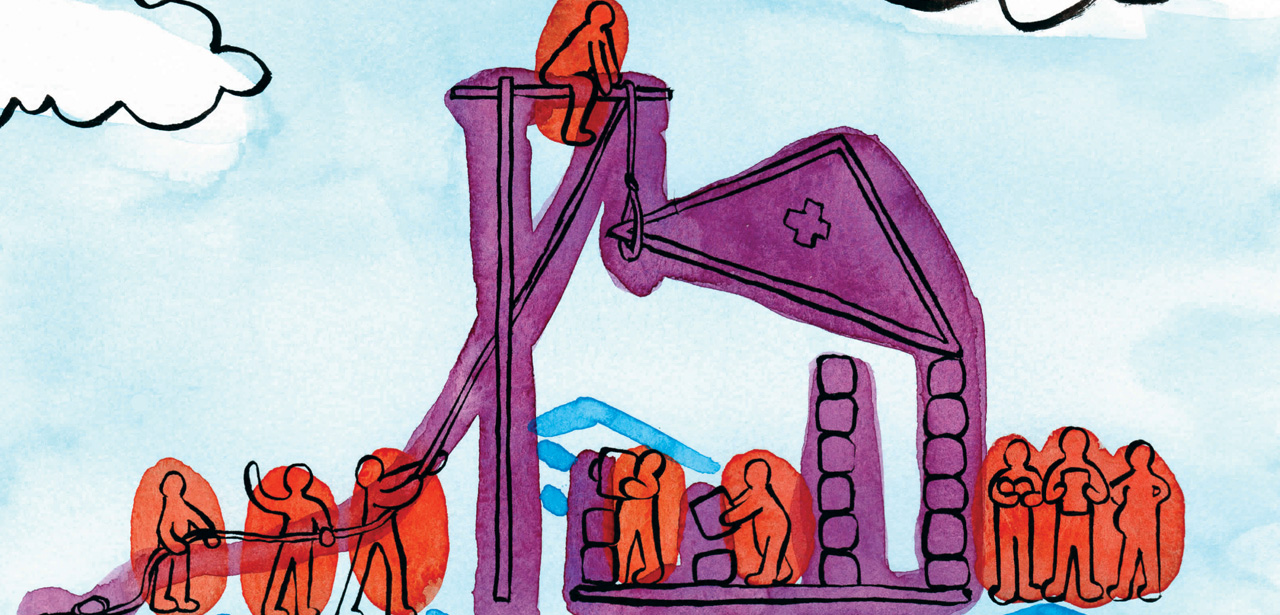Introduction: Sedentariness and physical activity are two different constructs with independent effects on health. Individuals can both achieve high levels of physical activity and exhibit high level of sedentary behavior.Some determinants of these behaviours have been identified. However, studies on the co-occurrence of physical activity and sedentary behaviors and their association with sociodemographic characteristics are scarce.The aim of the present study was to identify and characterize clusters of physical activity and sedentary behaviors among the French adult population. Methods: Data were collected from the Nutrition Health Barometer conducted in France in 2008 using computer-assisted telephone interview. Physical activity and sedentariness were assessed using the French version of the Global Physical Activity Questionnaire (GPAQ) administered to a sample of 3847 subjects aged 12 to 75 years.Cluster analysis was conducted to identify patterns of physical activity and sedentariness. Differences between clusters were examined using polytomous logistic regression analysis. Results: The studied sample included 3294 men and women for whom all data on the relevant behaviors have been collected. Five stable and meaningful clusters were identified and labeled as 1) "low physical activity, low sedentary activity" (41%), 2) "moderate leisure-time physical activity (LTPA), sedentary activity" (22%), 3) "intense LTPA, high sedentary activity, low travel to and from places" (15%), 4) "moderate physical activity at work" (17%) and 5) "intense physical activity at work and LTPA" (5%). Sociodemographics differ by cluster with a higher proportion of physically demanding work and smoking and lower education level in cluster 4 and 5 compared to cluster 1 (reference). In cluster 4 and 5, 87.5% and 100% of the subjects respectively, were classified in the high GPAQ physical activity level. The highest proportion of low physical activity level was observed in cluster 1, 2 and 3. In this last cluster, characterized by a higher education level, higher socio-economic status, more urban and working citizens, LTPA level is one of the highest and time spent sitting is the highest. Discussion: Physical activity at work is the domain that contributes most to achieving the recommendations for physical activity in terms of quantity and intensity. However, physical activity at work may not be associated with health benefit as highlighted by social inequalities in health. These results emphasize the importance to consider physical activity by domain and not only overall physical activity. Sociodemographic characteristics of the cluster are of importance for designing interventions to promote physical activity. [résumé auteur] Communication orale citée dans la revue "Journal of Science and Medicine in Sport" Volume 15, Supplement 1.
Be Active 2012., Sydney, 31 octobre au 3 novembre 2012
Auteur : Vuillemin Anne, Escalon Hélène, Coste Joël
Année de publication
: 2012


